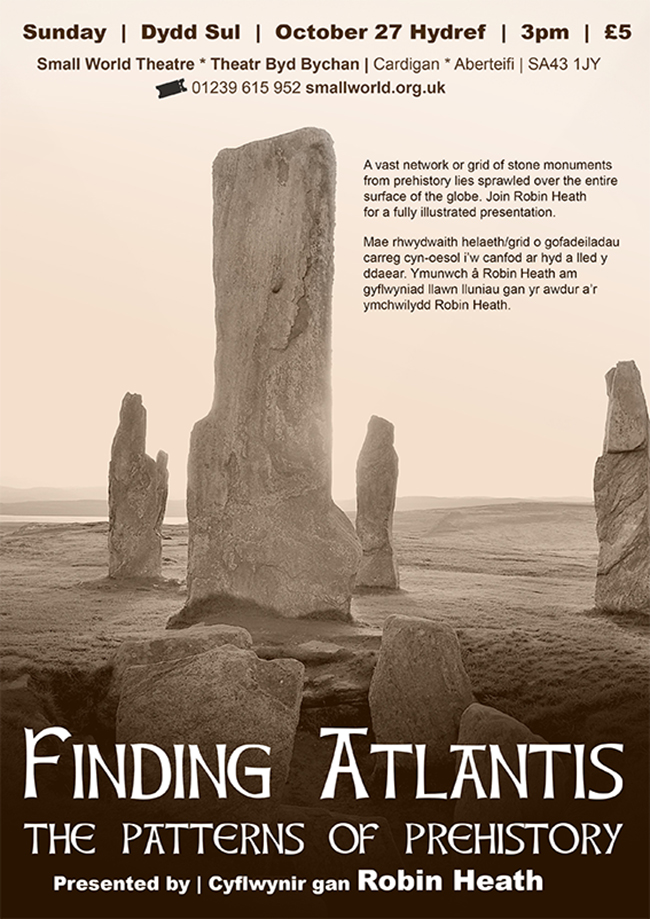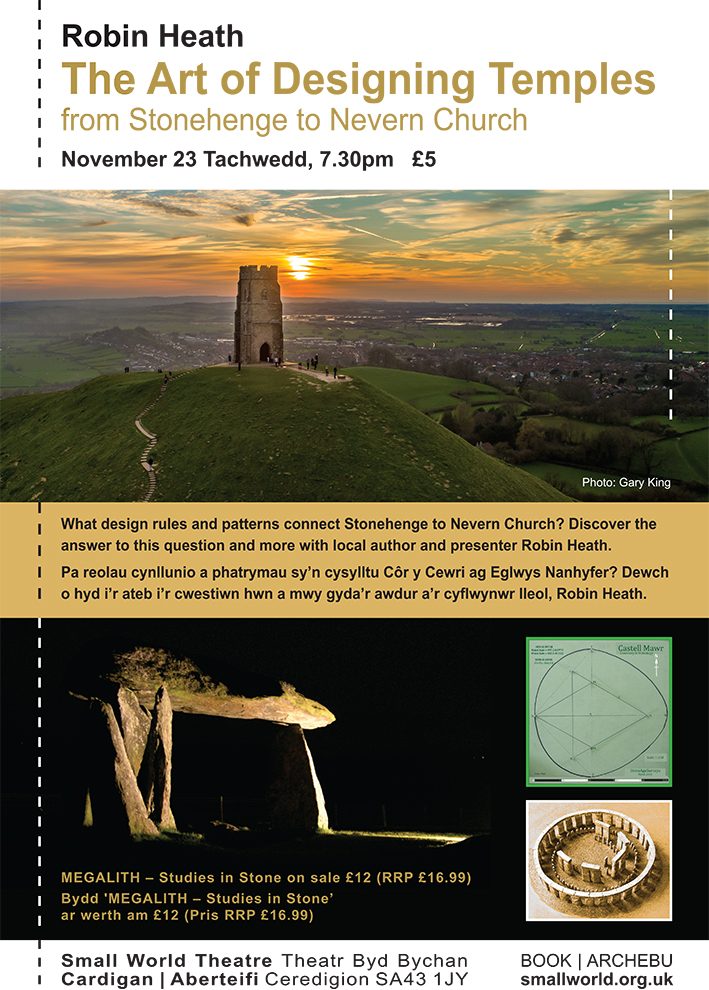Part Two: Redefining the Stonehenge Landscape
Durrington Walls Pit Ring is by far the largest known example of a megalithic egg, when compared with other existing types of ‘egg’, such as Woodhenge (Type II, Thom, 1967), just south of Durrington; Allen Water, near Hawick,(Type I, Thom, 1967 ); and Castell Mawr henge in Pembrokeshire (Type III, Heath, 1916), adjacent to the ‘bluestone’ outcrops of Preseli, in West Wales. Other surviving examples of ‘Type III’ eggs, which have semi-elliptical ‘blunt’ ends, include Hirnant cairn circle in Montgomeryshire (Type III Hoyle, 1977), and Glasserton Mains rock art, on the Machan peninsula, Dumfries and Galloway (Morris and Bailey, 1967).
In Part One, the map of the pits around Durrington Walls was shown to clearly define the known geometry of a circular ended Type II egg, based on the locations of the many pits that make up the ‘pit ring’ discovery at Durrington. This geometry was compared with that of Castell Mawr.
Part Two shifts the focus to a metrological analysis of the shape of this pit ring, exploring its apparent properties and the relationship between Stonehenge and Durrington Walls pit ring , whose centre is located at a distance of just under 2 miles to the north-east of Stonehenge.
A New Circle around Stonehenge.
Stonehenge displays some similar qualities to the pit ring in that both monuments have identifiable centres and both have connections with megalithic constructions beyond their enclosing ‘walls’or ditch and bank, which extend out into the wider landscape. My earlier posts on Woodhenge provide a good example of such an extension to Stonehenge. Both monuments are also redolent with geometrical and metrological information, the kind of evidence that I routinely work with.
The investigation here identifies and quantifies these similarities, and concludes by identifying a possible further large circle, concentric to, but set well beyond the present boundaries of Stonehenge’s bluestone, sarsen and Aubrey circles, and analysis will suggest a highly significant underlying purpose for such a circle’s existence.








